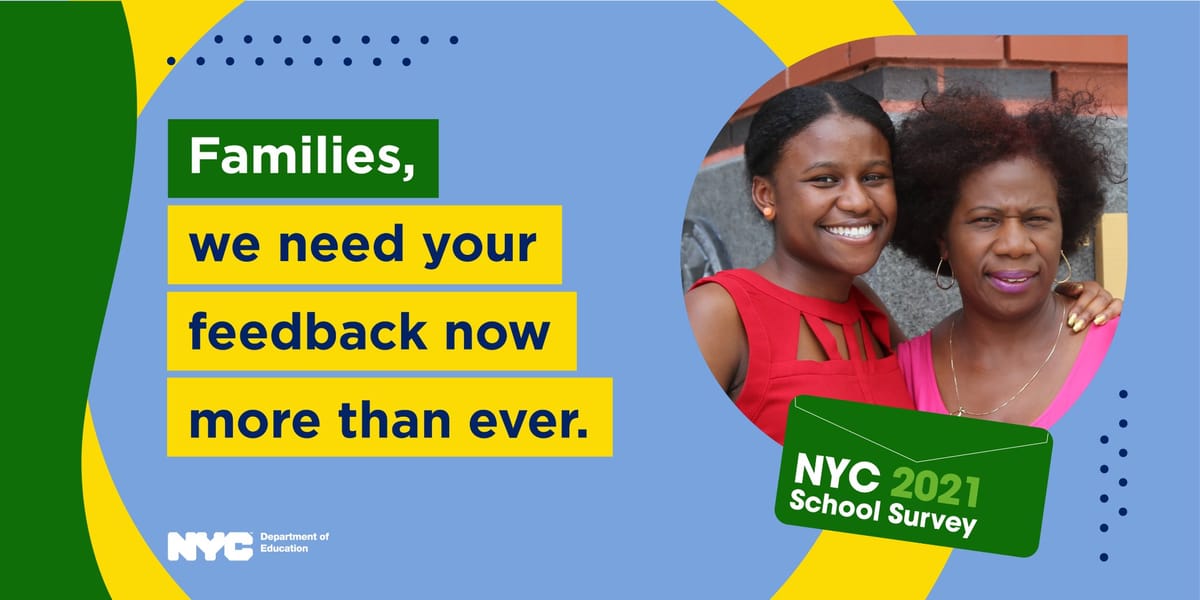Parents on NYC School Survey: “There is a strong feeling that none of it matters.”
“My personal feelings on this survey,” she says, “Is that it really did not even begin to ask questions about remote learning, about complications with technology or remote classrooms."

It is that time of year for Brooklyn’s public school parents.
Since 2006, the Department of Education (DOE) has been giving out an annual NYC School Survey to the parents, students, and staff in grades 6 - 12 to collect feedback so the DOE can see what improvements can be made.
“Surveys are an important way to gather feedback from school communities,” says the DOE’s Associate Press Secretary, Sarah Casasnovas. “The annual NYC School Survey collects vital information about a school’s capacity to improve student achievement by measuring the extent to which each school incorporates the six essential elements—Rigorous Instruction, Supportive Environment, Collaborative Teachers, Effective School Leadership, Strong Family and Community Ties, and Trust—that drive school improvement and develop students to compete in the 21st century.”
Despite the promise the NYC School Survey offers, engagement is lagging. In District 22, which includes the neighborhoods of Sheepshead Bay, Midwood, Ditmas Park, and Mill Basin, the response rate this year was only 9% - a month after the survey was distributed on May 10th.
Outgoing Community Education Council (CEC) 22 President, Jess Byrne, believes one reason why the response rate is low is that in previous years, students went home with the surveys in envelopes to give to their parents and return to the schools.
“This year, they were all online,” Byrne tells Bklyner. “So right there, you’re putting up a divide. It’s just another barrier. We’ve had so many students remote, so many families remote, and there’s that lack of engagement. And the way the survey is designed, it’s still basically the same old pre-pandemic, pre-remote survey.”
Byrne says some of those questions were not applicable, such as those that asked if a parent’s child felt safe in the school building, despite that many public school students have been learning remotely all year.
“My personal feelings on this survey,” she says, “Is that it really did not even begin to ask questions about remote learning, about complications with technology or remote classrooms. I think there might have been one or two schools that didn’t have closures - maybe? - in District 22. So every kid experienced remote learning at some point in time. But there’s nothing in the survey about that.”




